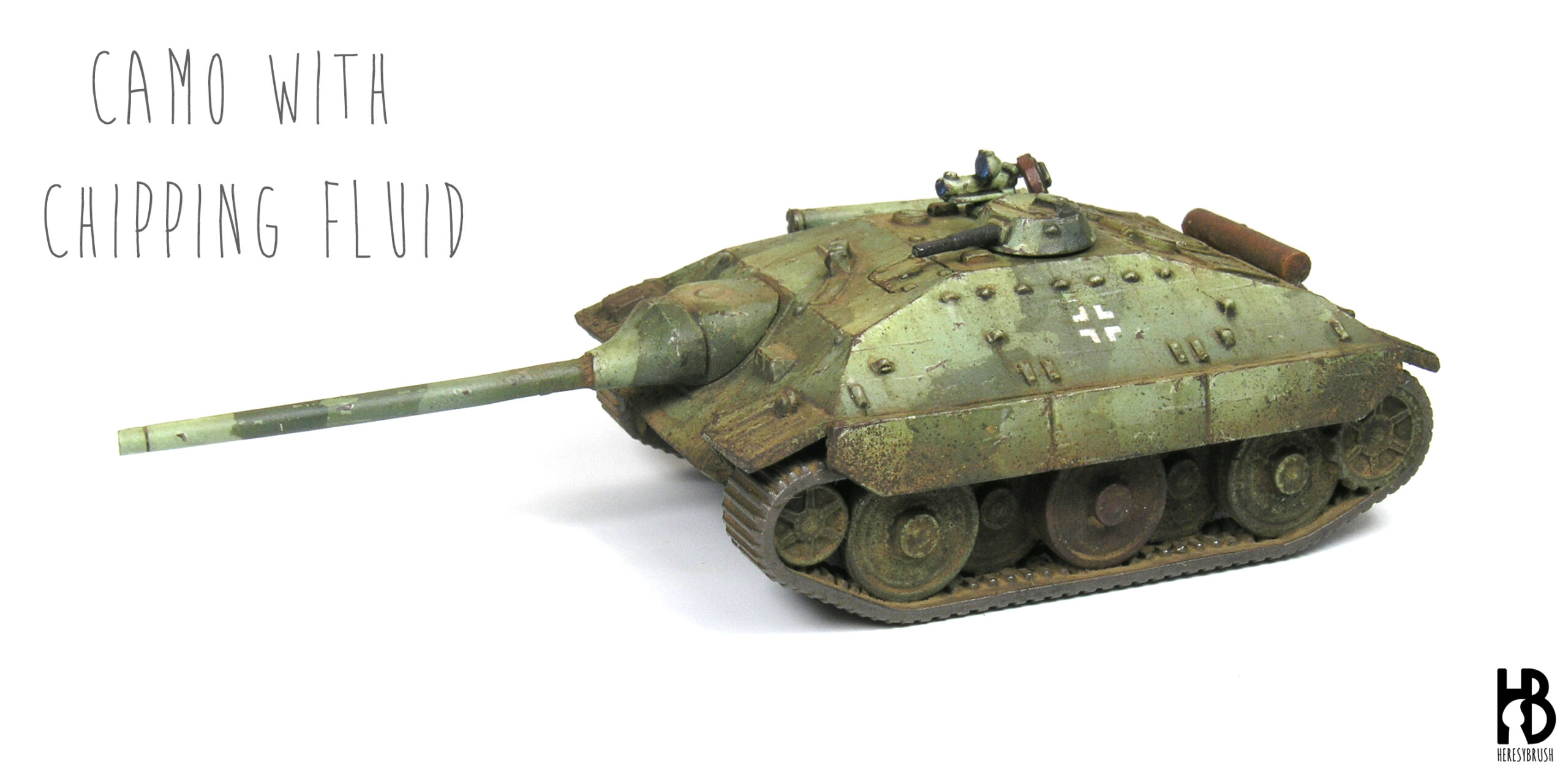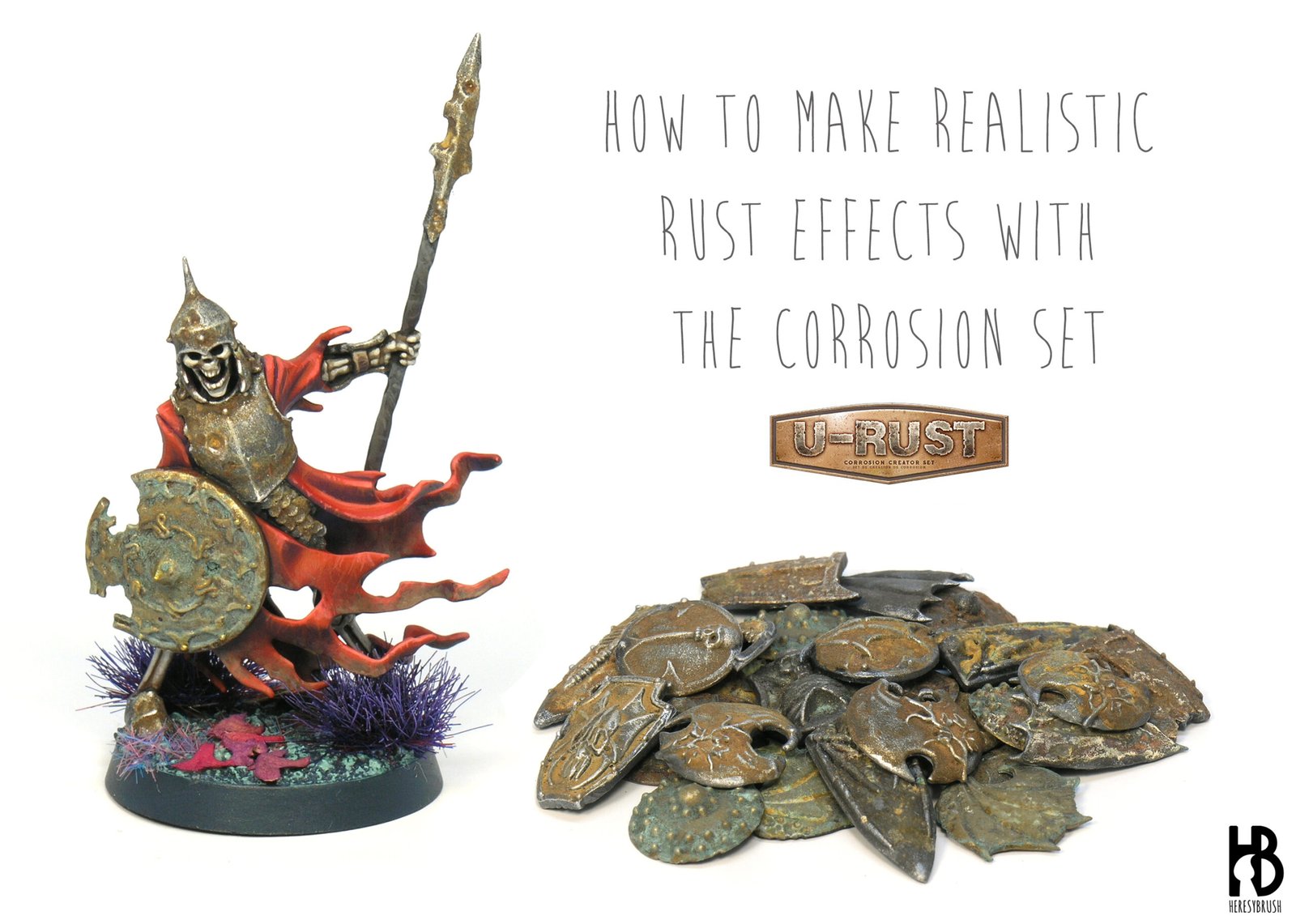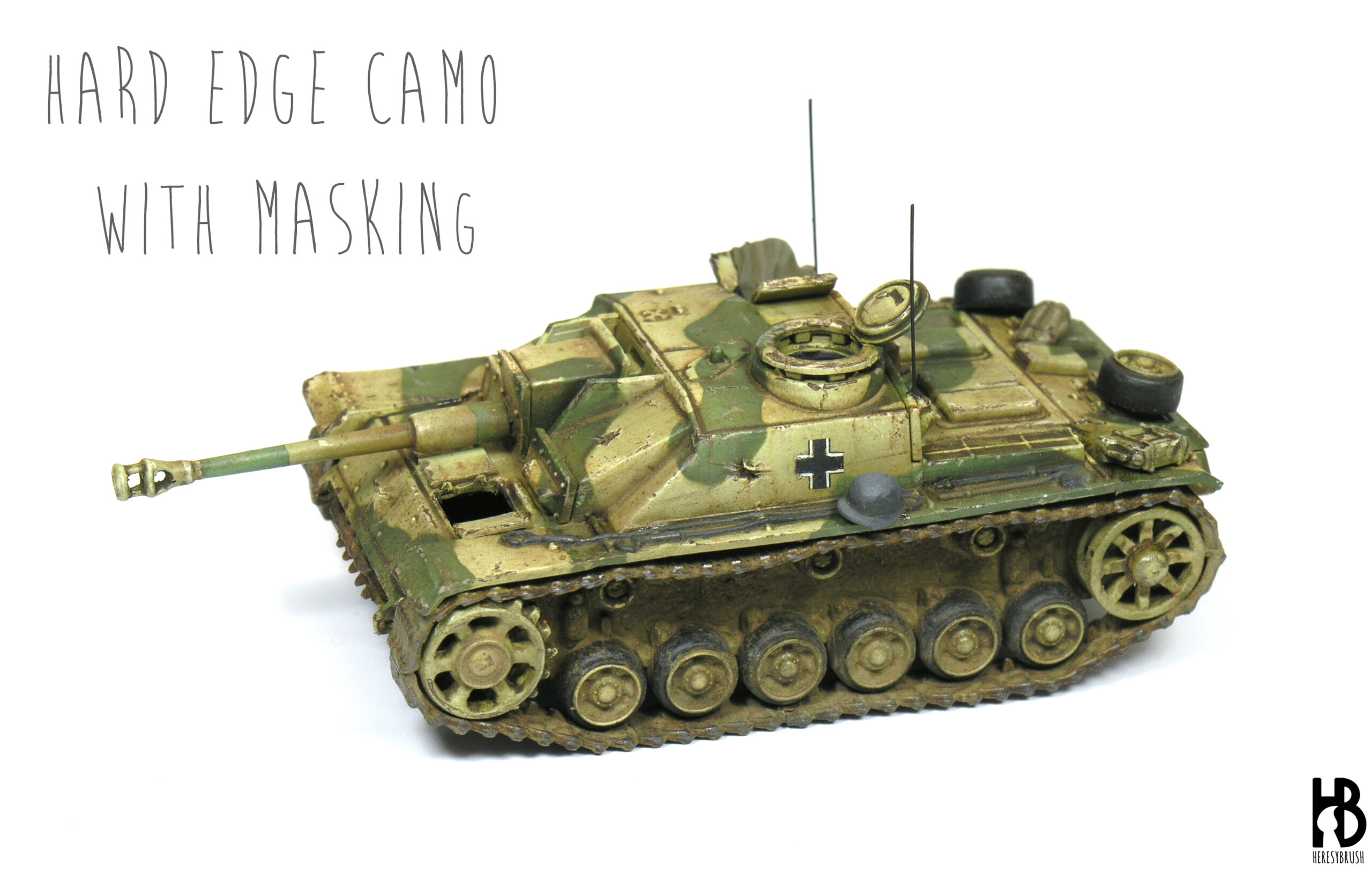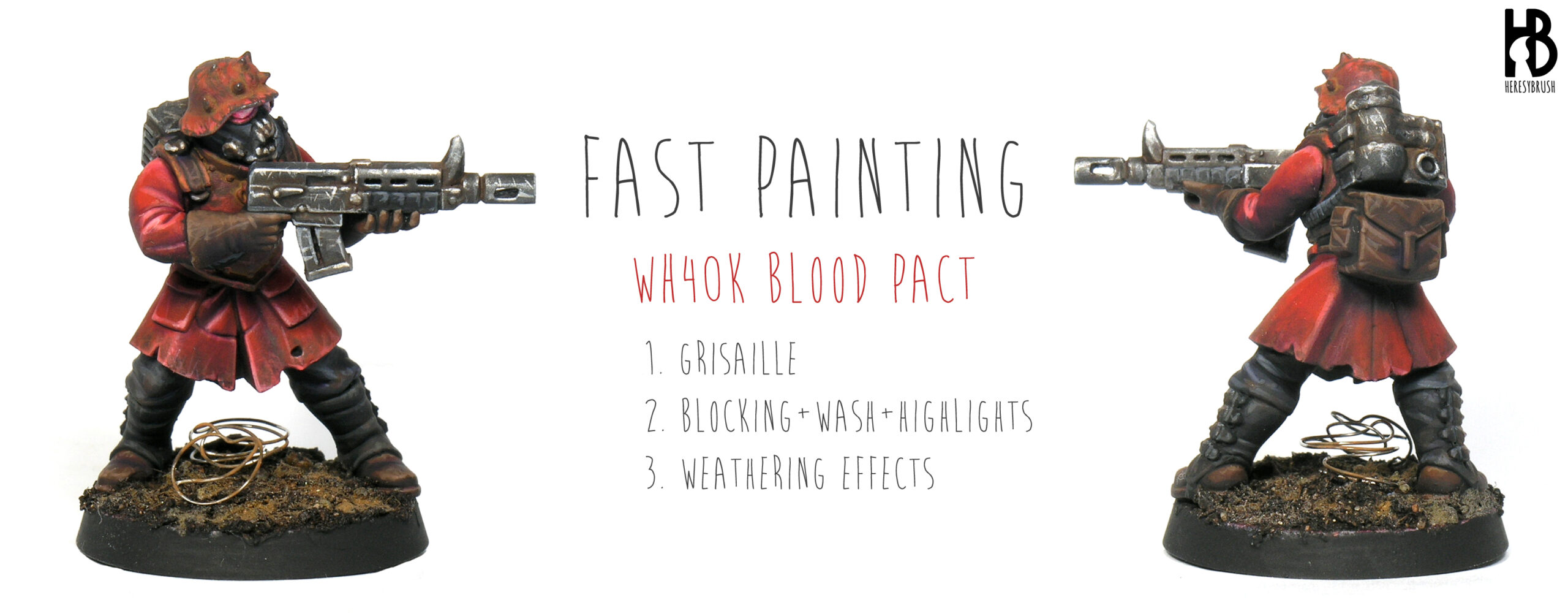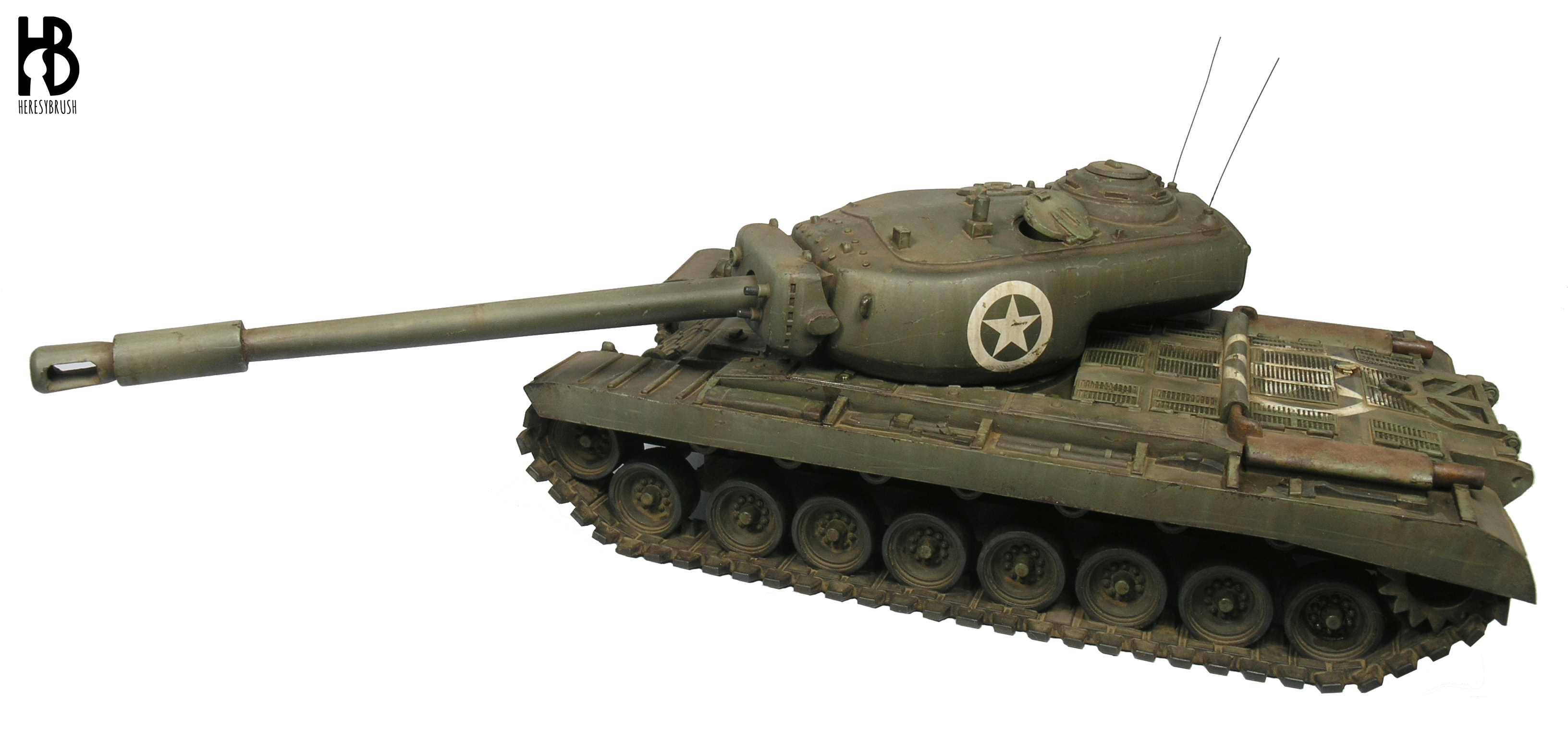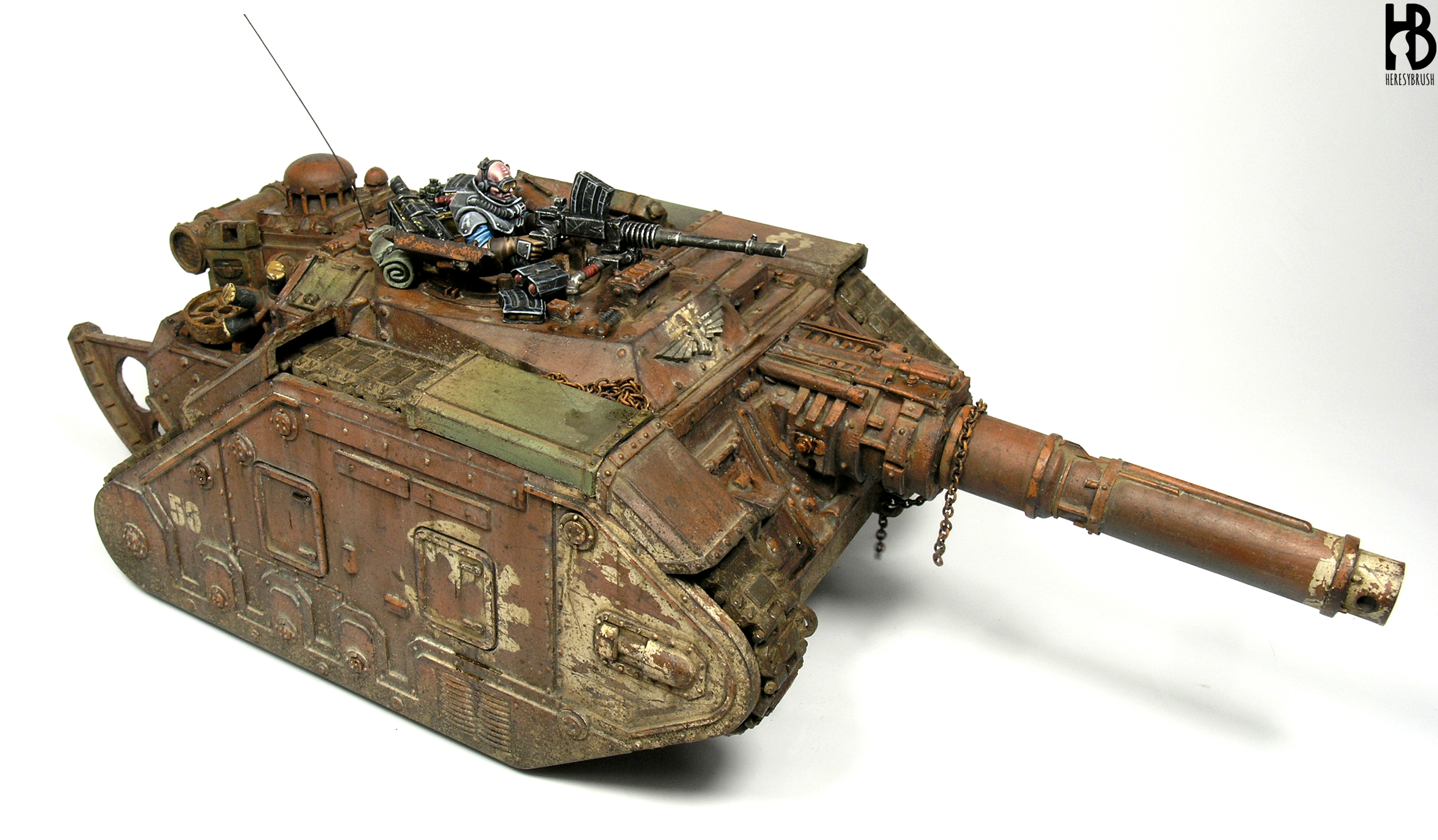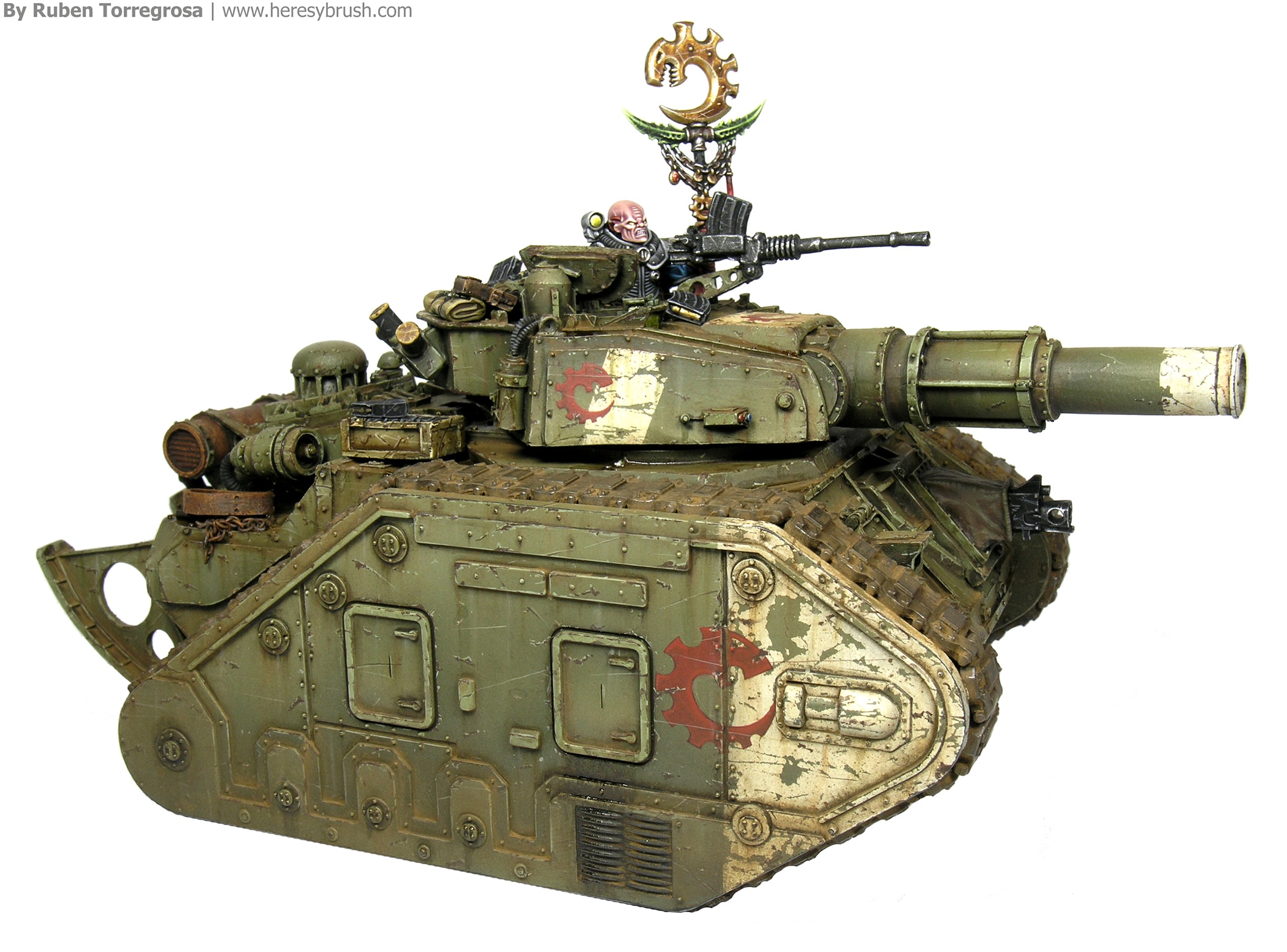A few years back I published a painting book featuring how to paint wargames tanks and edited by AMMO. I had the intention to write a second volume about painting infantry for wargames, but it was postponed because I was very busy doing my PhD. Now, eight years later, the second volume has been finally released again thanks to the support of the AMMO team: How to paint miniatures for Wargames. I was not alone in this project. I had the great opportunity to collaborate with some of the wargames painters I admire the most, including the amazing historical painters…
Camouflages with Chipping Effects fluid (hairspray technique)
This article was published original on 4th of September of 2012. Updated on 4 of April of 2022. In this post we are going to see how to use a Chipping Effects fluid to create worn camouflages where the original base color is exposed. Basically, after painting the base color of the tank, the idea is to apply a thin layer of chipping fluid and on top of this the camouflage. After activating the chipping fluid with water, we will be able to remove small pieces of the camouflage paint applied on top. These Chipping Effects fluids replaces what classically is…
How to make realistic rust effects
Some weathering effects are created rather than painted. This applies to any textured effect, such as mud, snow or rust, among others. Of course, we can try to simulate these by painting them. But it is easier -and more realistic when painting a 3D model- when we create them. In this tutorial I will explore the new corrosion creator set by AMMO, U-Rust, designed to create textured rust effects. I think that this kit was initially meant for dioramas and big scale models, but as a wargamer I was curious to see whether we could also use it to paint small…
How to paint hard edge camouflage with masking putty
This post was originally published on 12th of February of 2011. And it was updated on 30th of January of 2022 (after reading this I feel very old…). In this article we are going to see how to create a hard edge camouflage (a camo with solid edges rather than blurred) using a very simple tool for masking: removable adhesive putty. The masking will cover part of the tank, so that we can paint the remaining uncovered areas with another color in a very defined way. For example, the camo spots. We can use any mounting putties sold everywhere such…
Fast painting: Warhammer 40k Blood Pact cultist
In the following article I would like to describe a few options to speed up the painting process of our miniatures for Wargames. The idea underlying fast painting techniques is to use simple and rapid methods to accelerate the work, meaning that we will sacrifice part of the quality. But this does not meant that fast painting techniques are equivalent to paint bad. We will still pay attention to the details, but will focus more on the general looking of the miniature, and more importantly, of the unit or army (after all fast painting techniques evolved to paint a large…
Filters and Washes
In this article I would like to discuss in detail filters and washes, two painting techniques that although apparently similar fulfill very different objectives. This topic deserves its own article as many people mix up what is what. Indeed, to make it even more complicated, quite often these two techniques are confused with two different types of paint (acrylics and enamels). However, filters and washes (painting techniques) can be applied using either acrylics or enamels (types of paint). First, it is important to clarify that we can use two different types of paints on our scale models: water based…
Color Modulation in 15mm
We have recently talked about several lighting systems for 15mm scale models (this post). One of these systems or styles is the so-called color modulation that we will discuss in further detail in this article. When painting 15mm tanks we can simply apply the desired color, for example olive green for a Sherman, and then just paint the details. But the results will be likely very flat. Furthermore, the tank will look very dark because small objects, such as our small 1:100 models, reflect less light than bigger size objects, such as the real vehicle. Therefore, it is very important…
How to paint 28mm tanks for Bolt Action
Today I bring something new to the table. Even though I have explained many times how to paint and apply weathering effects on 15mm vehicles (scale 1:100), I have never done it using a historical 28mm tank (1:48-1:56 scale); although I have explored previously bigger scales when painting Warhammer 40 000 vehicles (here and here). Taking advantage of a very nice resin model of an American heavy tank M34 from Khurasan Miniatures, I would like to give you some tips about how to paint your tanks for Bolt Action (or any other 28mm wargame), and specially to add a little…
Warhammer 40.000 tanks II
After couple of years, I finally manage to finish the second Leman Russ tank for my Genestealer Cult army. This is another beautiful model from Forge World. It is a Leman Russ Destroyer, a tank hunter. To maintain certain coherence with the previous Leman Russ Mars I painted, I added air filters and the rear extension to cross trenches from another Forge World kit, as well as some track armour pieces. Choosing the painting scheme was not easy. I did not want to exactly repeat the same green color I previously used. After asking around and checking different sources for…
Warhammer 40.000 tanks I
Today I wanted to share with you a painting guide for a Warhammer 40k tank, a Leman Russ for my Genestealer Cult. Ten years ago I gathered around twelve Imperial Guard tanks. I loved them, those enormous and powerful steel monsters. Especially the Forge World versions, more realistic (less toy-like) and charismatic. However, when I was younger I did not spend much time painting these tanks: just with a brush I tried to simulate a simple camo. And that was all. Lately, I could not help feeling gutted about this, since over the last years I have learnt a lot…

